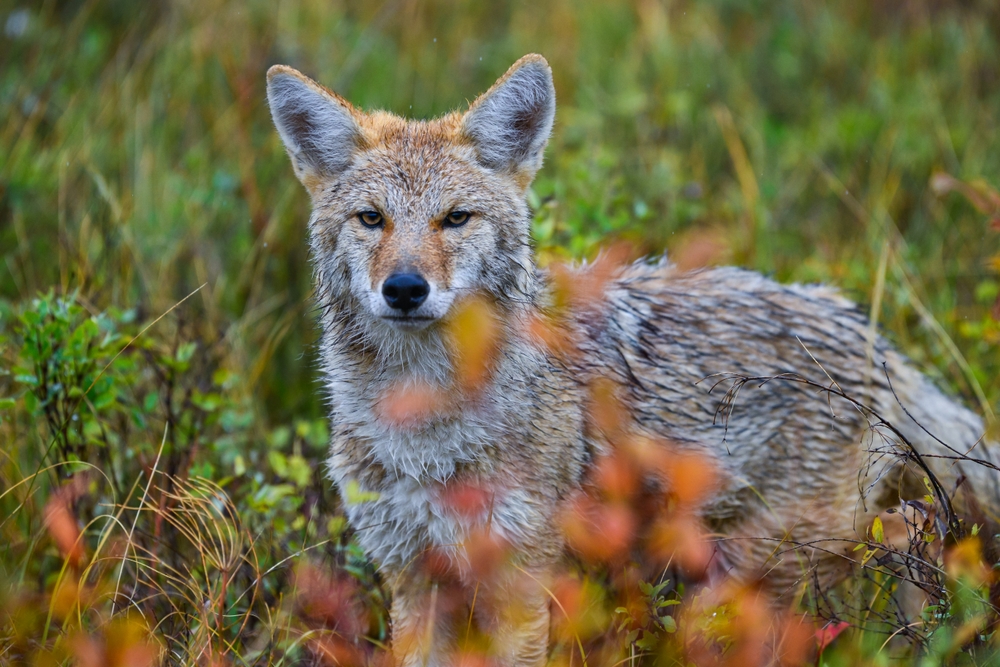Coyotes are among North America’s most adaptable predators, thriving in deserts, forests, grasslands, and even urban areas. They are intelligent, quick to learn, and capable of adjusting their diet and hunting strategies to suit their surroundings. Yet despite their skills, coyotes are not fearless. There are certain animals that they cannot easily overpower, outmaneuver, or intimidate. Some are large and powerful predators, others are surprisingly well-armed herbivores, and a few are smaller species with defense mechanisms that make them far too risky to attack. This list looks at 13 animals that coyotes instinctively avoid and the reasons why these encounters rarely end well for them.
Mountain Lions

Mountain lions, also called cougars or pumas, are one of the top predators in North America. They are larger, stronger, and faster than coyotes, with the ability to ambush prey in complete silence. A single swipe from a mountain lion’s powerful paw can break bones, and their bite is strong enough to crush the neck of large deer. Coyotes that wander into mountain lion territory risk becoming prey themselves. Even in cases where a coyote survives an encounter, the injuries sustained could be life-threatening. Mountain lions are solitary and highly territorial, so any coyote caught near their kill is likely to be driven away immediately. This predator-prey dynamic has taught coyotes to keep their distance from these big cats whenever possible.
Gray Wolves
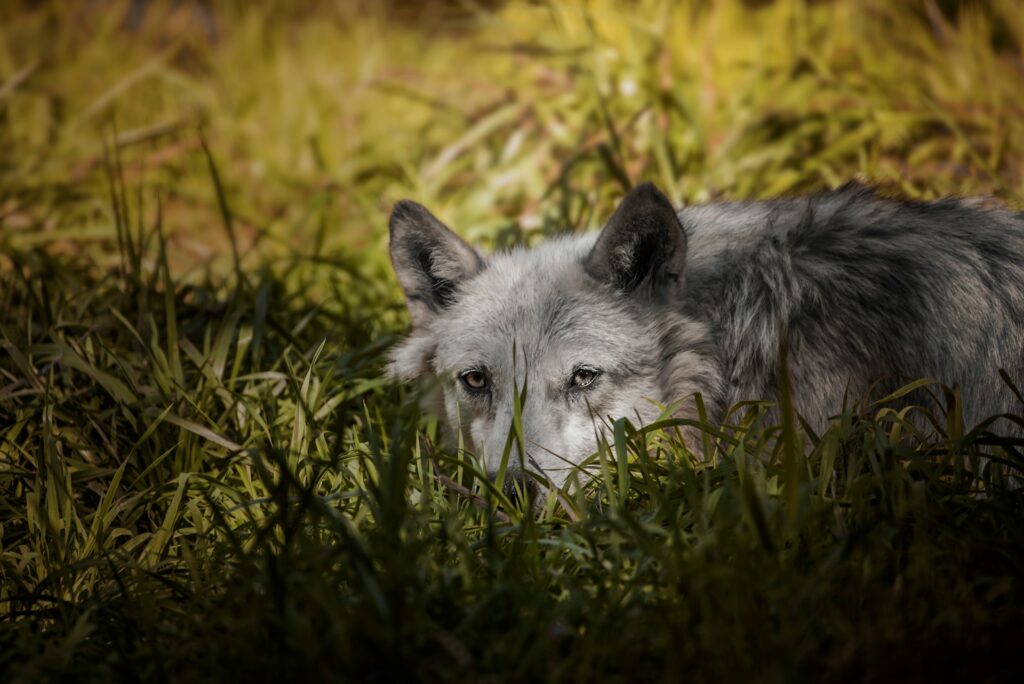
While coyotes and wolves are related, they are far from allies in the wild. Gray wolves are larger and far stronger, often hunting in coordinated packs that can overwhelm any lone coyote or small group. Wolves see coyotes as competitors for food and territory, and in many cases, they actively try to eliminate them. If a wolf pack encounters a coyote, they may chase it for long distances to drive it out of the area. A coyote that crosses into wolf territory faces overwhelming odds and little chance of escape. In regions where wolves have made a comeback, coyote numbers tend to drop, largely because the smaller predator instinctively avoids them.
Bears

Bears, whether black bears, brown bears, or grizzlies, are simply too powerful for coyotes to challenge. They are massive, with immense strength, and can run surprisingly fast over short distances. Although bears do not usually hunt coyotes for food, they will not hesitate to attack if they feel threatened or if a coyote approaches a food source. Coyotes sometimes attempt to scavenge from bear kills, but this is a high-risk move. A single swipe from a bear’s paw can crush a coyote’s skull, and its sheer size is enough to intimidate even the boldest of scavengers. Coyotes in bear country often keep their distance, avoiding direct confrontation to stay alive.
American Alligators
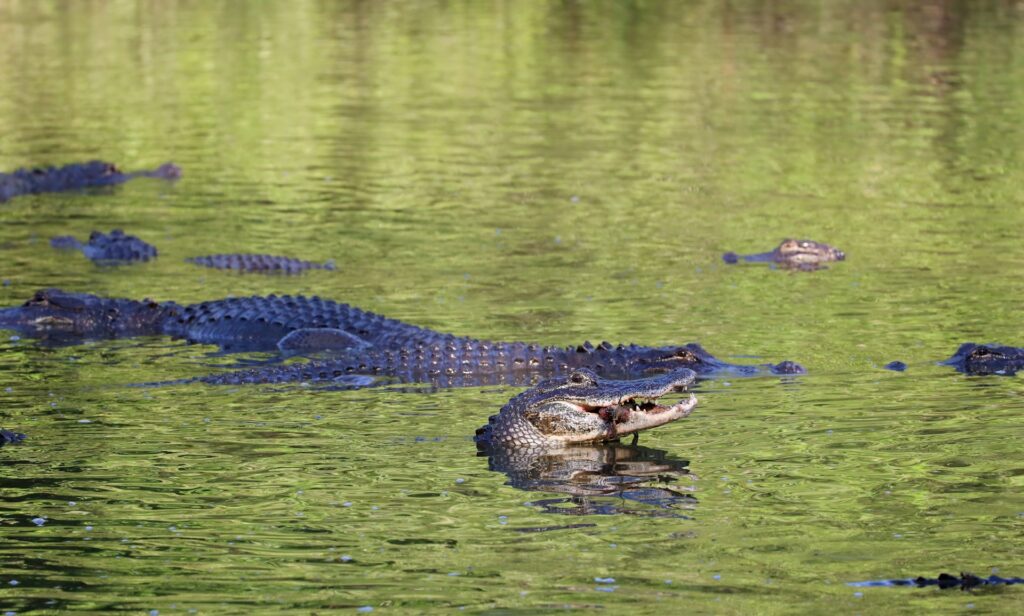
In the southern United States, coyotes occasionally cross paths with American alligators. These reptiles are ambush predators, lying in wait near the water’s edge before launching a lightning-fast strike. An alligator’s bite force is strong enough to crush bone instantly, making it extremely dangerous for a coyote to linger near lakes, rivers, or swamps. Coyotes may venture close to water to hunt smaller prey, but if they detect an alligator nearby, they typically retreat. In areas with high alligator populations, coyotes often adjust their travel patterns to avoid risky water crossings.
Moose
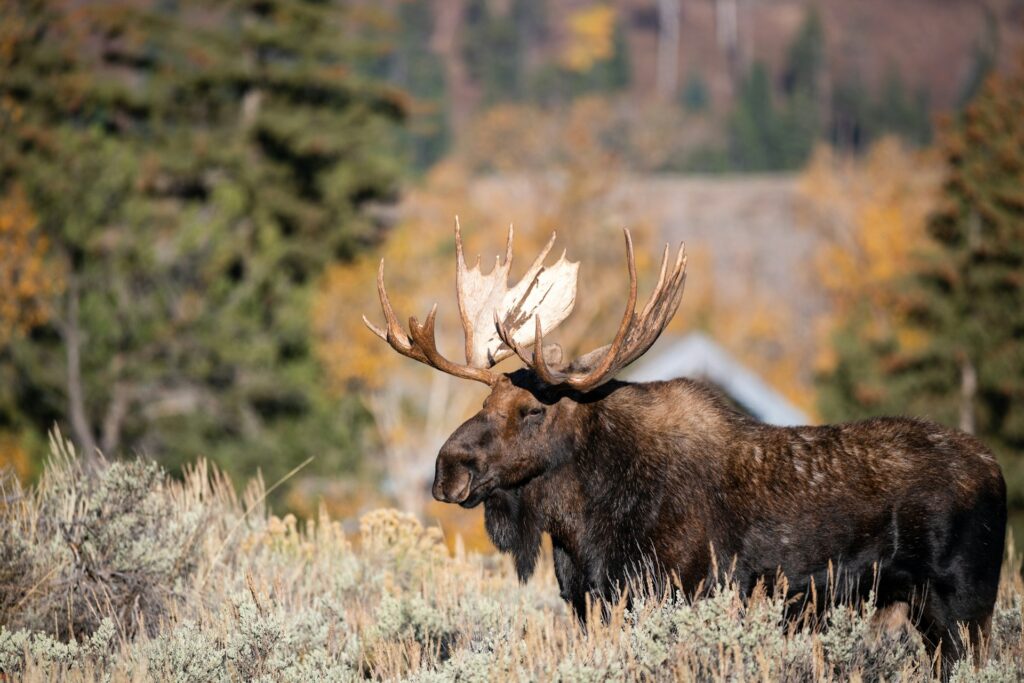
Moose are the largest members of the deer family, and while they are herbivores, they are far from defenseless. They can run at high speeds and deliver powerful kicks that can break bones. A moose protecting its calf can be especially aggressive, charging at anything that comes too close. Coyotes have been known to follow moose during harsh winters to scavenge food, but they rarely engage directly. The size difference is too great, and a single well-aimed strike from a moose’s hooves can be fatal. In moose territory, coyotes are cautious and avoid direct encounters unless they are working in larger groups and the moose is weak or injured.
Wolverines
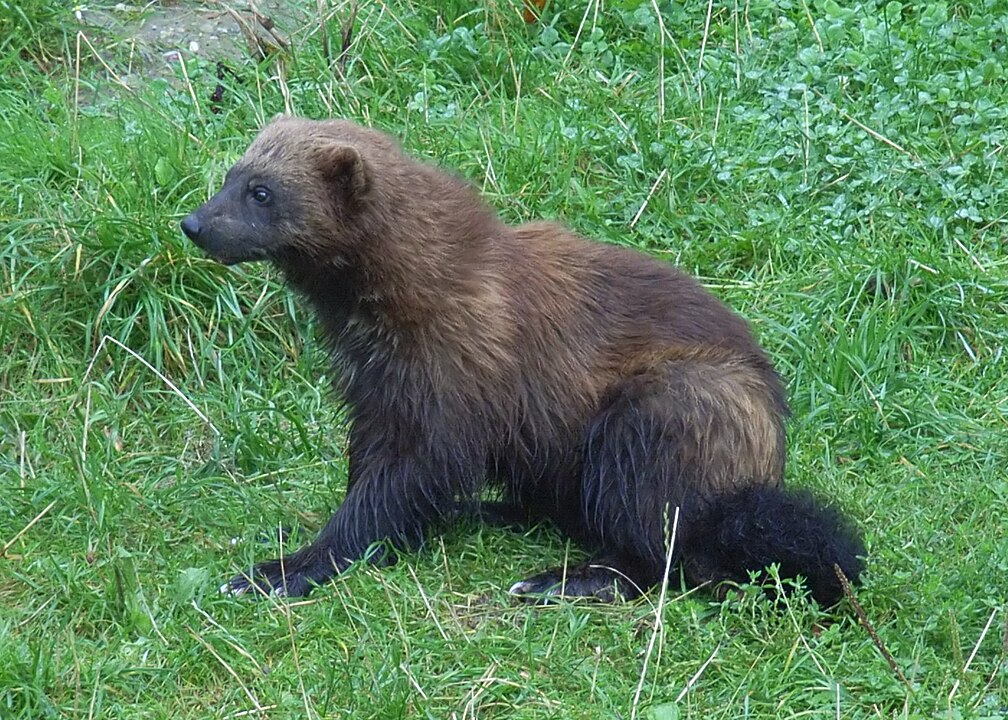
Wolverines are small compared to many of the animals on this list, but they are among the most fearless creatures in the wild. They have strong jaws, sharp claws, and a muscular build that allows them to defend themselves against predators much larger than they are. Coyotes quickly learn to avoid wolverines because the risk of injury is too high. A fight with a wolverine can leave deep wounds that become infected, making it harder for the coyote to hunt or escape from danger in the future. Wolverines are also extremely persistent, chasing off predators from carcasses and refusing to back down.
Porcupines
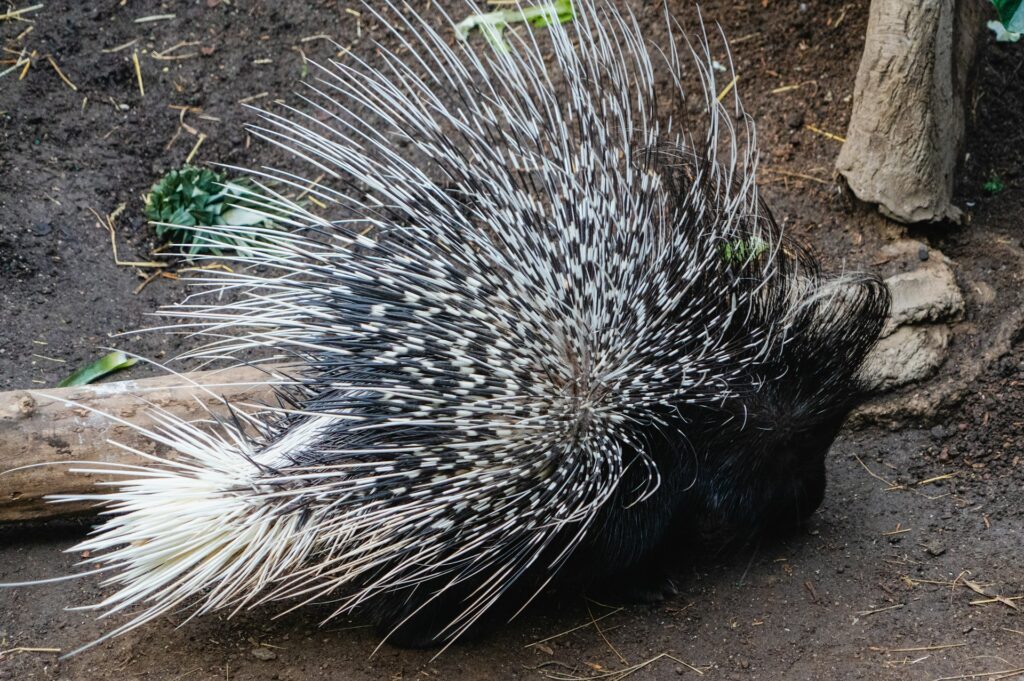
Porcupines may move slowly, but their quills make them one of the most dangerous prey choices for a coyote. These sharp, barbed quills can embed deeply into the attacker’s skin and are difficult to remove. A coyote with quills in its mouth or face may struggle to eat, leading to starvation if the injuries are severe. Most coyotes that have experienced a painful encounter with a porcupine once will avoid them for the rest of their lives. This defensive adaptation has allowed porcupines to survive even in areas with high coyote populations.
Elk
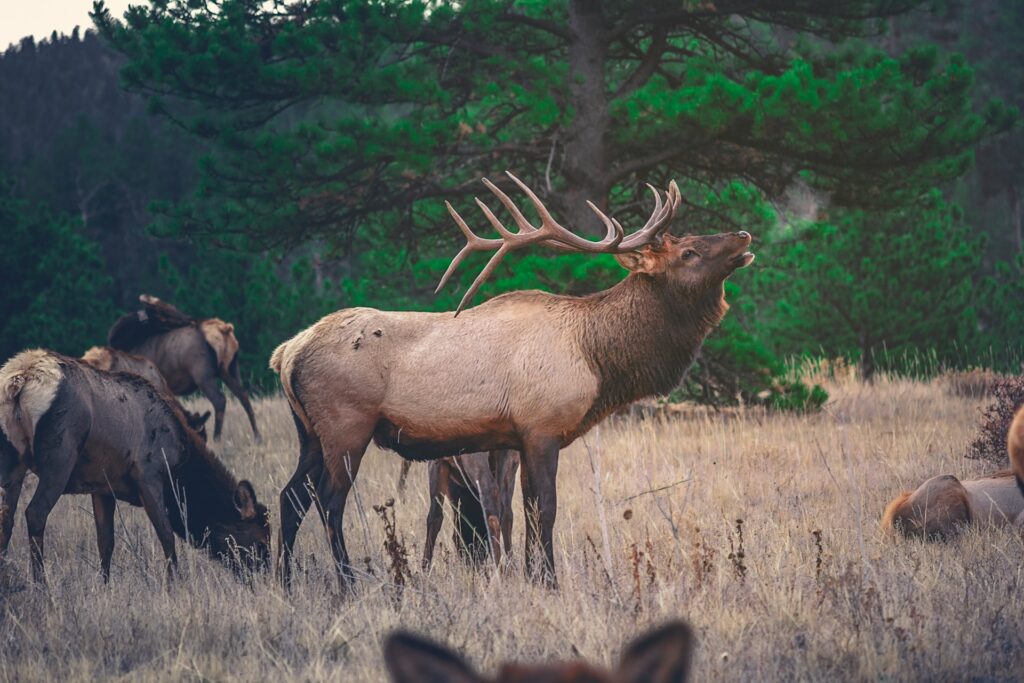
Elk are large, strong, and capable of defending themselves with powerful kicks. During mating season, male elk become especially aggressive, using their antlers to fight rivals and drive away potential threats. Coyotes that approach too closely risk being charged or trampled. While coyotes may target young or sick elk in a pack, a healthy adult is more than capable of defending itself. In most cases, coyotes will follow elk herds at a distance, looking for scavenging opportunities rather than direct confrontation.
Badgers
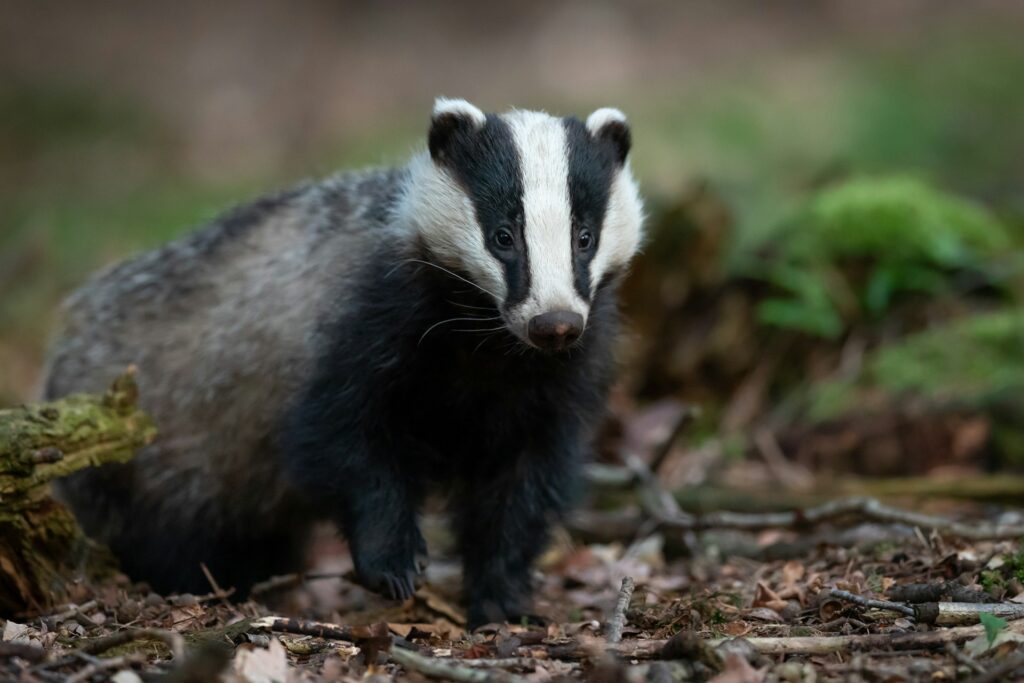
Coyotes and badgers sometimes work together while hunting, using their combined skills to catch small mammals. However, when competition arises, badgers can become fierce opponents. Their sharp claws and muscular bodies allow them to dig quickly and defend themselves with surprising power. Coyotes generally avoid fighting with badgers, especially when the badger is defending a burrow or young. The relationship between these two species is complex, with moments of cooperation and times of outright hostility.
Bobcats
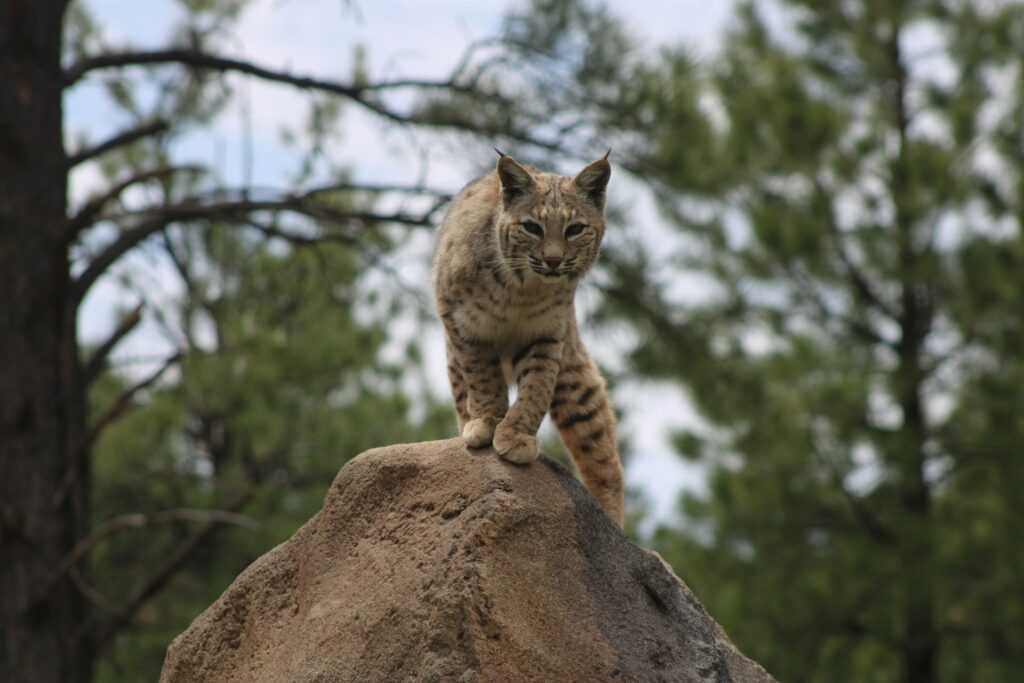
Bobcats are smaller than coyotes but are stealthy, quick, and armed with sharp claws. They are ambush predators that can inflict serious injuries on a coyote in a direct fight. Coyotes tend to avoid bobcats unless food competition forces them into an encounter. Even then, these fights are risky, and many coyotes choose to back down rather than risk injury. The two species often compete for similar prey, but their hunting styles and territories are different enough to avoid constant conflict.
Skunks

Skunks are small but extremely effective at defending themselves. Their spray is not only foul-smelling but also capable of causing temporary blindness and intense irritation. A coyote sprayed by a skunk may struggle to hunt for days due to the lingering odor, which warns other animals of its presence. This makes skunks a poor choice for prey, and most coyotes quickly learn to leave them alone.
Great Horned Owls
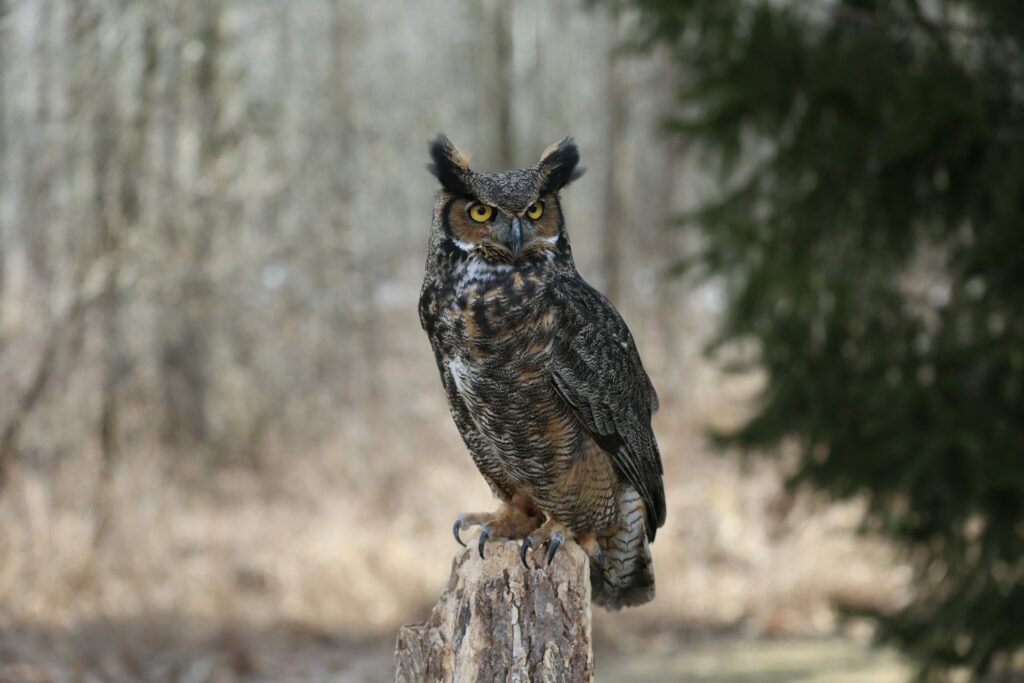
Great horned owls are large, powerful birds of prey that can attack small coyotes or coyote pups. Their talons can grip with enough force to cause serious injury, and they are capable of striking without warning. While adult coyotes are generally safe from owls, they still avoid nesting areas to protect their young. These owls are highly territorial, and a protective pair will aggressively defend their chicks from any predator.
Domestic Guard Dogs
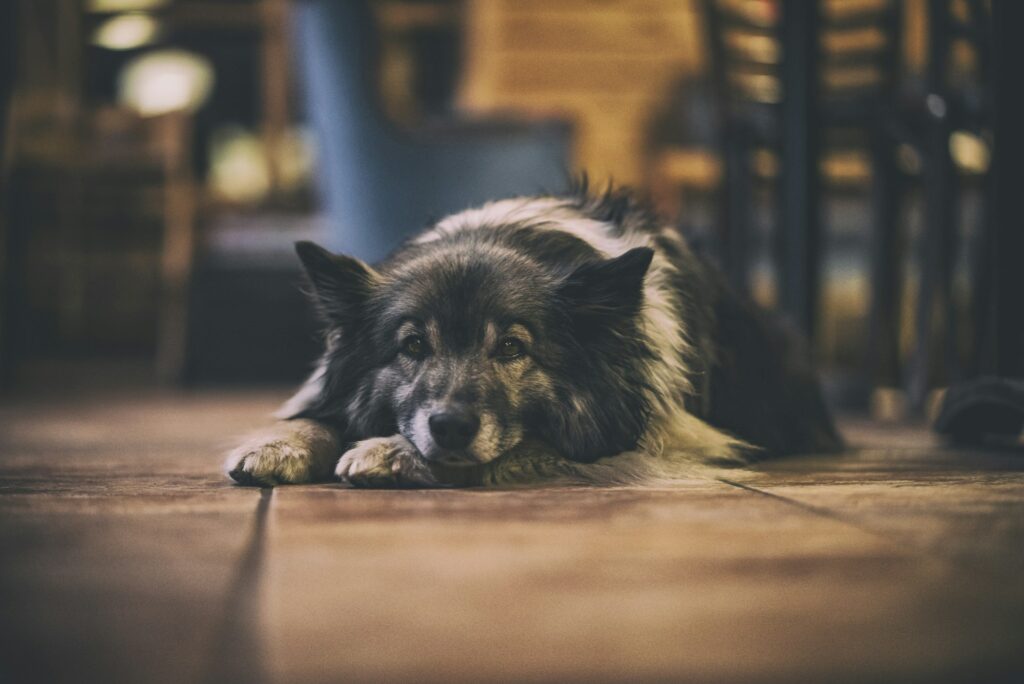
In rural areas, large livestock guardian dogs such as Great Pyrenees, Anatolian Shepherds, and Maremmas are a serious threat to coyotes. These dogs are bred and trained to defend livestock from predators and will aggressively confront any coyote that comes near. Their size, strength, and protective instincts make them highly effective at keeping coyotes away from farms. Coyotes quickly learn to recognize properties with these dogs and steer clear to avoid dangerous encounters.
Adaptable And Resourcful

Coyotes are clever, adaptable, and resourceful, but they are not invincible. They have a keen instinct for danger and tend to avoid situations where the risks outweigh the rewards. From massive predators like mountain lions and wolves to smaller but well-defended animals like porcupines and skunks, each of these 13 species poses enough of a threat to keep coyotes at a safe distance. This careful avoidance is part of what allows coyotes to survive in such a wide range of environments, proving that sometimes the smartest move in nature is knowing when to walk away.
Read More: The Lake in Tanzania That Turns Animals Into Stone-Like Statues
Disclaimer: This article was created with AI assistance and edited by a human for accuracy and clarity.
